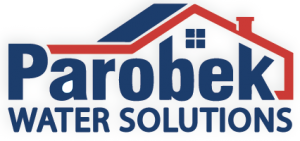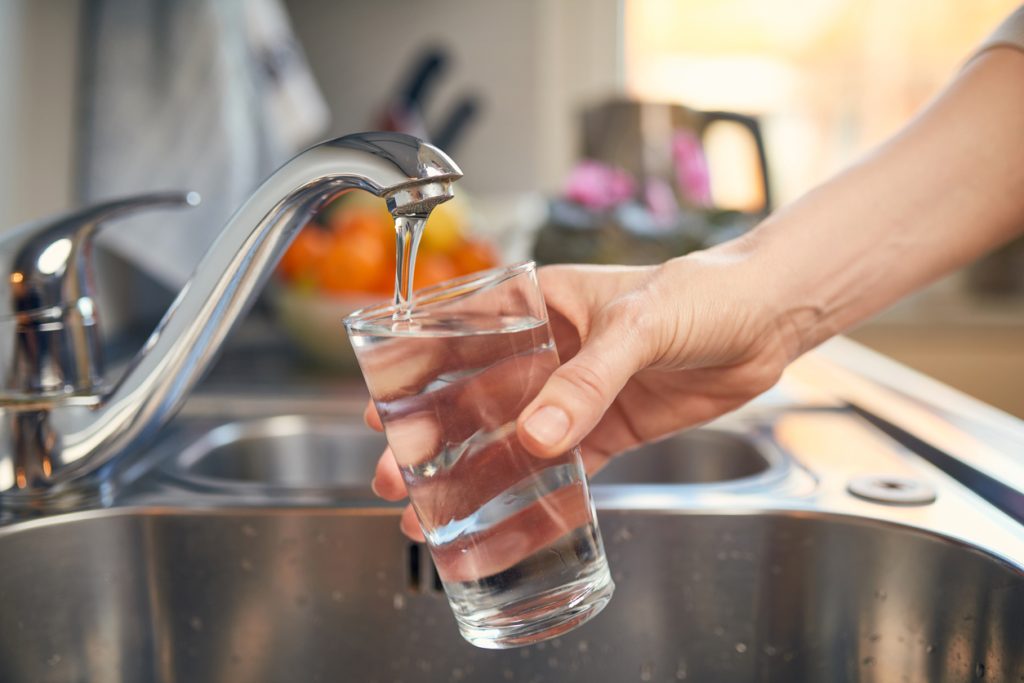Water is vital to human life. Therefore, it is important to maintain our water quality and protect it from contaminants and pollutants. With the recent flooding and drought, water safety is more important than ever because more contaminants are known to make their way into the water supply in such conditions. There are five steps you can take to keep your drinking water safe.
1. Dispose of Pharmaceuticals and Other Hazardous Materials Properly
When you need to dispose of medications, consider using a drug take-back program available in many communities. Not only are these programs convenient and easy, but they also help to preserve water quality. Most communities have drop-off receptacles near police stations and hospitals. When you are disposing of household chemicals, make sure you do so through the EHS Hazardous Waste Program. You can obtain more information about this program on the Environmental Protection Agency website.
2. Properly Maintain Your Water Heater
Water heaters that are improperly maintained can allow dangerous contaminants and harmful bacteria to enter your home’s water supply. When parts of your hot water heater are rusted or corroded, rust particles can get into your water supply because they will travel from your hot water heater and out of your faucet. If your hot water heater is unable to maintain proper temperature, legionella will grow inside of your hot water tank. Legionella is the bacteria that is responsible for causing Legionnaires’ disease, a severe form of pneumonia. Before you start the hot water, clean the fixtures on your water heater. This is a routine maintenance task that will keep your water heater in top working condition, and it will also help to eliminate dangerous bacteria from entering your home. Additionally, have your hot water heater inspected regularly by a plumber.
3. Test Your Water Regularly
Regular drinking water testing in our homes, schools and businesses is important. Testing chlorine, pH, alkalinity and acidity levels is a good idea. While most municipalities run routine tests for contamination, water can also be tested in your home. Water testing kits are available at home improvement stores as well as online, and these test kits can help you determine if you have any potential problems with your water supply.
4. Use the Right Kind of Bottled Water
Bottled water can be a good option when your municipality has problems with its water system. If you choose bottled water, ensure that it is properly sealed and contains all of the information on the label, such as the location of the bottling plant. Look for a plant near your community so that you can be certain of the origin of your water.
5. Follow Your Substance Abatement Plan
Whether you live in a city or a small town, there are some things that you can do to improve water quality and ensure the safety of your water supply. Not all communities offer programs to deal with the types of contaminants that can be found in your water. If you have a plan for dealing with hazardous substances, and if your local government approves it, follow up on it to ensure it is being carried out correctly.
As you can see, there are many things that you can do to ensure your water is safe. Call Parobek Water Solutions today for water treatment services in Austin, TX.

